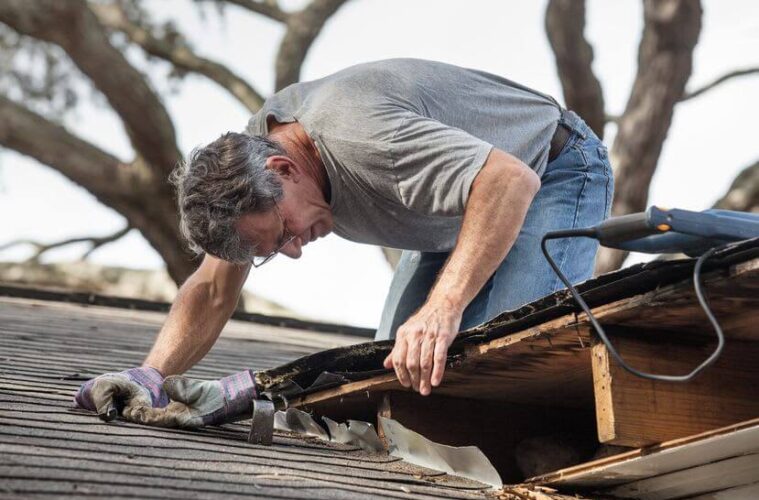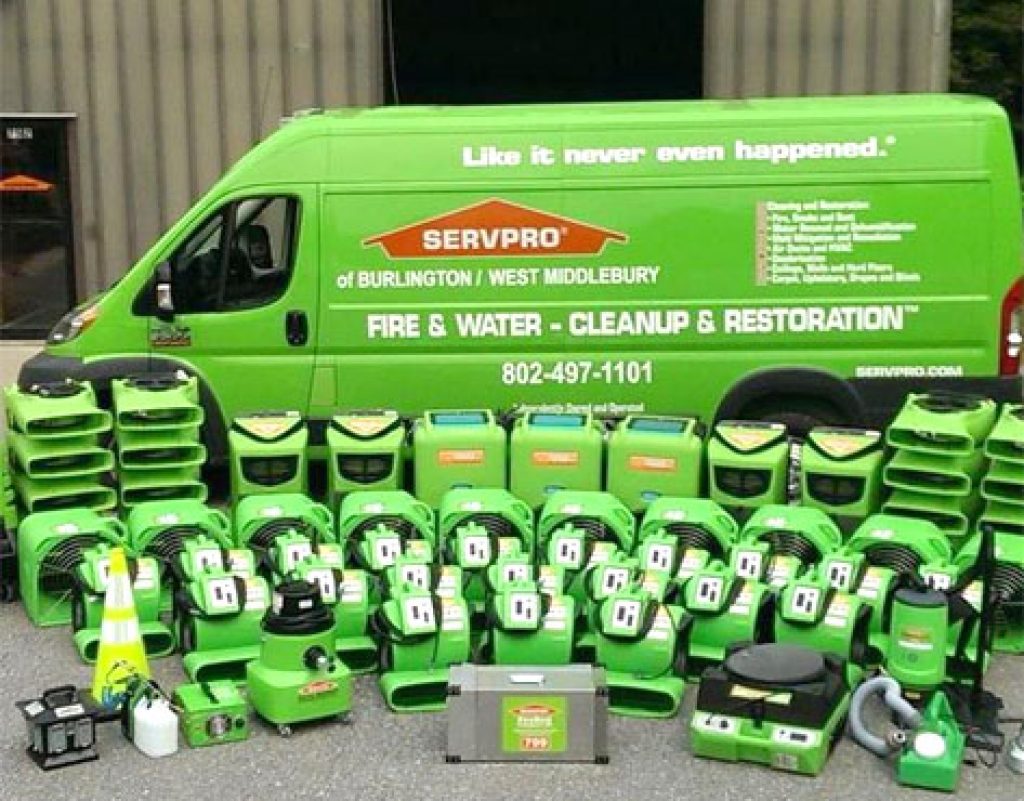The house’s structure is akin to the human body. Just as the skin shields the body from external harm, roofing plays the essential role of protecting the house from nature’s wrath. Seasons change, bringing with them various challenges that can threaten the integrity of even the most durable roofing systems.
While some homeowners might view their roofs as static, unchanging structures, they’re, in reality, dynamic entities that expand, contract, and age under the influence of the environment. As each season arrives with its unique set of tribulations, such as the case of a hail storm roof damage in Prairie Wisconsin or other nearby places, homeowners must arm themselves with knowledge and proactive measures to ensure their roofs withstand these seasonal threats.
Continue reading to learn how you can prepare and protect your roof throughout the year.
Spring: Rain And Growth Challenges
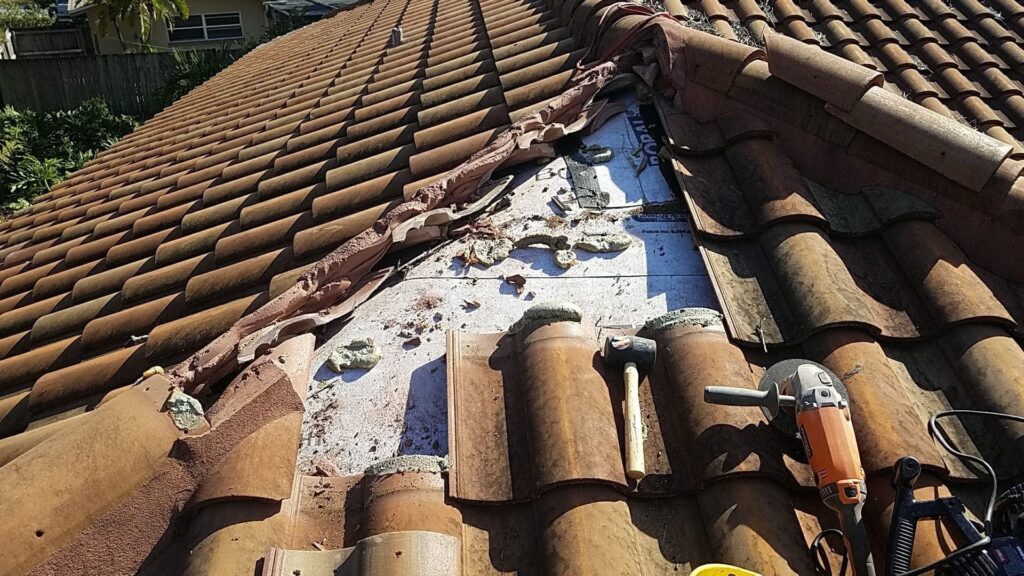
source: pinterest.com
Spring can be a beautiful season with blossoming flowers and rejuvenated trees. However, it also brings with it substantial rain and wind. These elements can worsen any existing minor damage, leading to potential leaks. In areas where heavy rain is common, homeowners may also face additional structural risks.
Because of this, it’s important to consider the following maintenance tasks to properly prepare for the spring season:
- Clear debris from gutters to prevent water clogging and ensure smooth drainage.
- Regularly inspect the roof for missing shingles or tiles.
- Trim overhanging branches to prevent them from scraping against or falling on the roof during strong winds.
- Check your attic ventilation to prevent moisture buildup, which can lead to mold, mildew, and other problems.
By following these tips, you can help ensure your roof is in good condition and protected from damage during the spring.
Summer: The Scorching Sun And High Temperatures
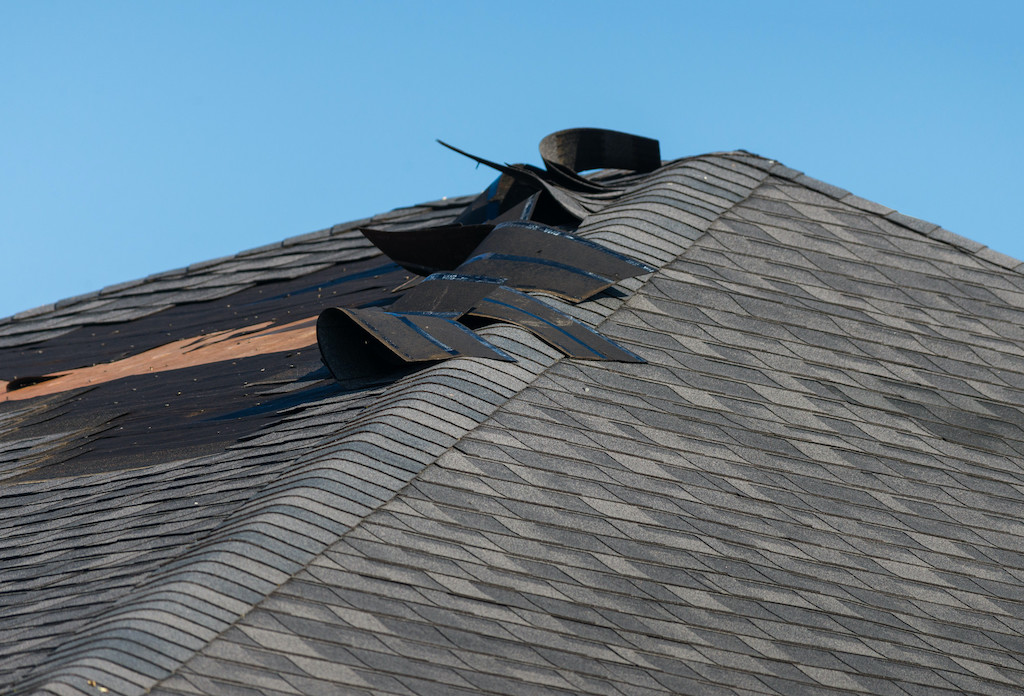
source: pinterest.com
The summer months, characterized by intense sun and high temperatures, can cause shingles to blister, warp, or even degrade. The UV rays are especially harsh on roofing materials, causing them to deteriorate faster.
To prevent seasonal roof damage, consider the following things you should do during summer:
- Ensure proper attic ventilation. This can help reduce heat buildup, subsequently preventing the warping or blistering of shingles.
- Consider installing cool-roof technology, which reflects more sunlight and absorbs less heat.
- Inspect the roof periodically for signs of sun damage, such as fading or cracking.
- Plant trees around your home. Trees can provide shade for your roof, which can help keep it cooler.
With these tips, you can help keep your roof cool and safeguard it from sun damage during the summer.
Fall: Falling Leaves And Debris
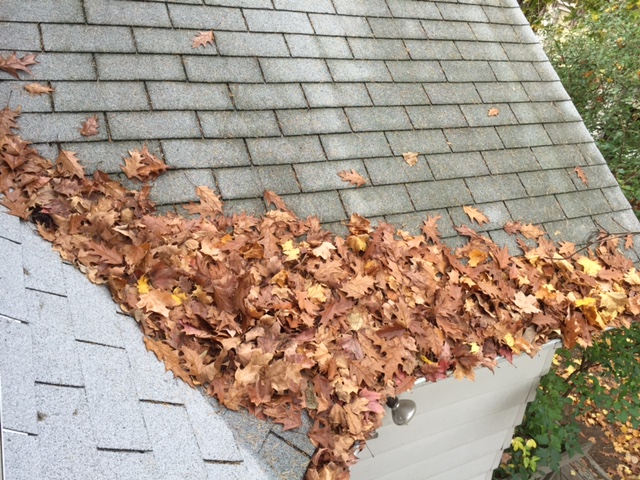
source: pinterest.com
Fall is the season of fallen leaves and the accumulation of debris. If these are left unchecked, they can lead to blockages in gutters, leading to water pooling and potential seepage. Thankfully, there are ways to prepare your roof for the fall season. These include:
- Frequently clean the gutters and downspouts to ensure the roof is free from debris, especially after storms.
- Seal any cracks or gaps in the roof to prevent water intrusion.
- Install gutter guards. They can help prevent leaves and debris from clogging your gutters.
- Trim your trees. Those that overhang your roof can be a major hazard during storms. Make sure to get rid of any branches that are within 10 feet of your roof.
Considering these tips, you can prevent roof damage and keep your home safe and dry.
Winter: Snow, Ice, And Frigid Temperatures
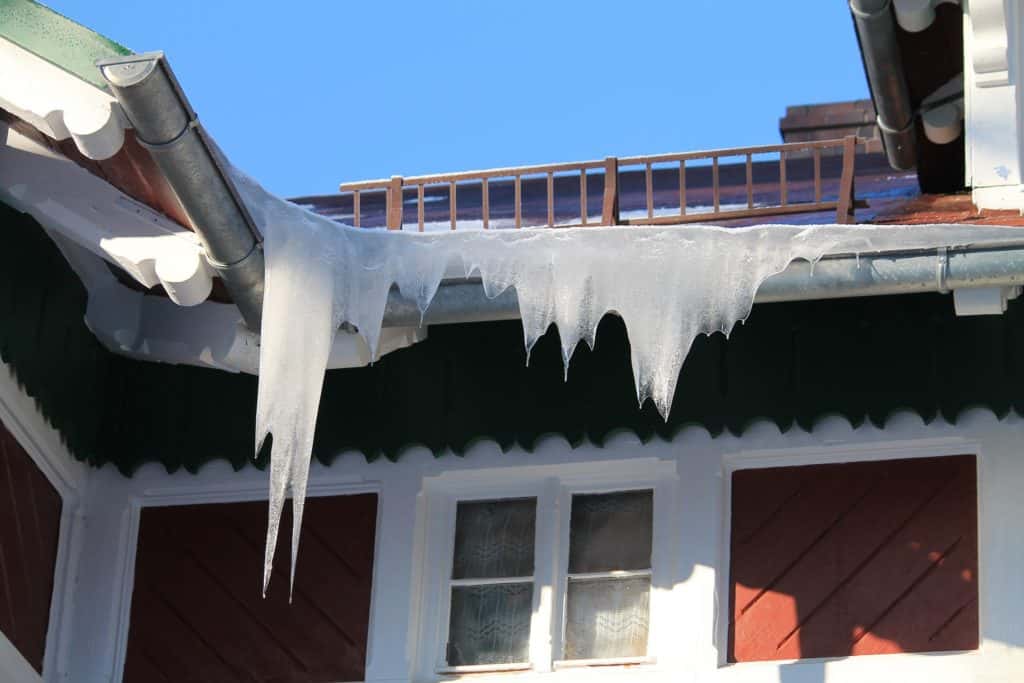
source: pinterest.com
Winter presents challenges like snow accumulation, ice dams, and freezing temperatures. Snow buildup can be heavy, putting additional strain on the structure. Ice dams, formed when melted snow refreezes at the roof’s edge, can cause water to back up and seep beneath the shingles.
To avoid these unfortunate circumstances, some preventive measures should be in place to protect your roof from damage during the winter season. These include:
- Invest in proper insulation to prevent the formation of ice dams.
- Regularly remove snow from the roof using a rake.
- Check for signs of icicles, as they can indicate potential ice damming.
- Ensure that flashings around chimneys and vents are well-sealed to prevent cold air infiltration.
- Trim any trees that overhang your roof. Overhanging branches can break during storms and damage your roof.
By following these tips, you can ensure your roof is well-protected when the winter season arrives.
The Role Of Regular Inspection
While the above tips provide guidance for each season, a consistent, overarching approach to maintaining roof health is a regular inspection. A semi-annual or at least annual inspection can identify potential problems before they exacerbate.
Typically, roof inspections can be classified into two types:
- Self-Inspection: As a homeowner, you can conduct a preliminary inspection. Look for signs like missing shingles, cracks, or visible damage. You can use binoculars from a safe vantage point to give you a clearer view without risking safety.
- Professional Inspection: Occasionally, especially after a heavy storm or drastic weather changes, hiring professionals can be invaluable. They have the expertise and tools to identify not-so-obvious problems and provide solutions.
By identifying and addressing problems early with regular inspection, you can save money on costly repairs down the line and extend your roof’s lifespan.
The Significance Of Timely Repairs
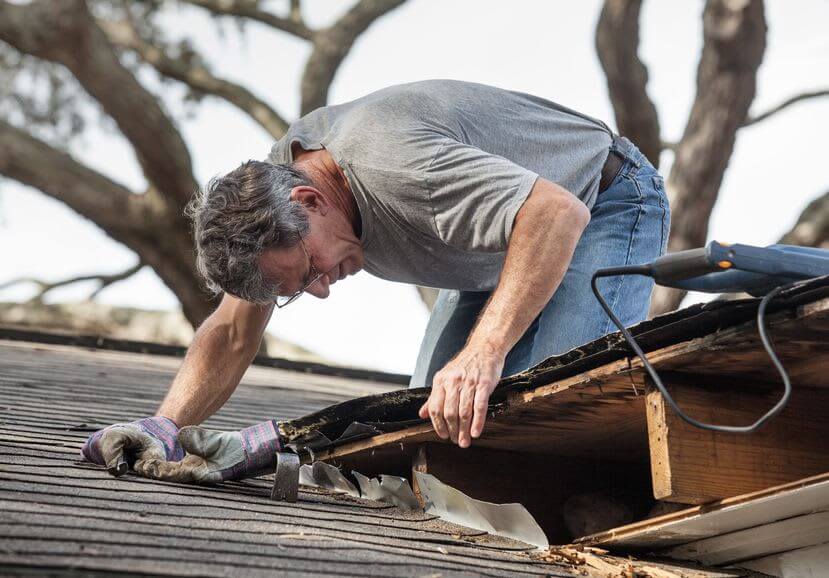
source: pinterest.com
While prevention is crucial, addressing any damage promptly is equally important. Ignoring even minor issues like a small leak or a cracked tile can lead to more extensive, costlier repairs in the future.
Signs that your roof may need attention include missing or damaged shingles, sagging or bulges, loose flashing, stains or discoloration, and mold or mildew. If you notice any of these signs, it’s important to have a professional roofer inspect your roof and make any necessary repairs.
By taking care of your roof, you can protect your home and investment for years to come.
Incorporating Resilient Roofing Materials
The choice of roofing material can play a significant role in its durability. Given the various challenges presented by different seasons, opting for materials known for their longevity and resilience can be a wise investment. For example, materials like metal roofing, slate tiles, or modern synthetic materials are known for their durability and resistance to various seasonal challenges.
Conclusion
By understanding the challenges posed by each season and taking preemptive measures, as mentioned above, you can ensure the longevity of your roofs. Whether it’s the spring rains, summer heat, fall debris, or winter’s chill, a well-maintained roof stands as a steadfast protector of your home throughout the year.

